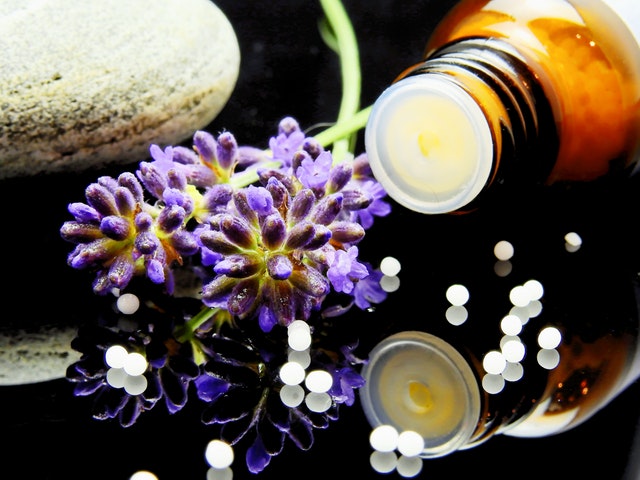Published articles define sulfates as “aggressive detergents” produced from sulfur-containing mineral salts. Companies first introduced these compounds to hair and skin care in the 1930s transforming the health and beauty industry. Sulfates are cheap and powerful capable of creating bubbles people think indicate cleanliness.
Here’s the situation about personal care products. You may find it hard to find skin solutions without being bothered by the questionable ingredients. Consumers always get notices to stay away from substances that include sulfates, parabens, and aluminum. “Sulfate-free” labels have become common in skin care commodities. However, manufacturers still use sulfates extensively.
LabelInsight.com, an organization that provides reliable data for consumer-packaged goods which include cosmetics and personal care items in the United States, found out sulfates are present in around 60% of hair-coloring and toothpastes as well as 70% of body wash, hand soap, and shampoo brands.
Sulfates – Surfactants
Why are sulfates part of skin care remedies? These compounds refer to surfactants that reduce the surface tension or elastic tendency between two liquids, liquids and solids, or liquids and gas. Surfactants function as foaming agents, detergents, emulsifiers, and detergents. The problem is sulfates become too aggressive and exceed their functions remove protective oils from the hair and scalp.
This chemical may not be a problem in cosmetics. Yet, inaccurate publicity about sulfates increases fears among consumers. Research revealed these surfactants do not cause any harm except perhaps for producing sensitivities. The sensitivity depends on the level of sulfate and other ingredients contained in a formula.
The concern of consumers is that sulfates trigger different levels of irritation to the skin and eyes. Conditions become more severe the longer the lotion, spray, or makeup gets into contact with our skin. According to some dermatologists, Sodium Laureth Sulfate (SLS) makes the skin dry that often leads to acne. The issue is not as serious for body epidermis. Thus, many people can stand SLS in body wash products.
Sulfates have turned out as effective cleansers in shampoos. The downside is too much of efficiency can cause the hair to become dry, coarse, and brittle. Ultimately, it dries up and irritates the scalp. Sulfates in toothpastes can also produce mouth symptoms such as bad breath, small but painful sores, and allergic reactions.
Hazardous for the Health?
The scientific community says sulfates don’t create a health risk. However, some people thought of it as a probable cancer hazard in the past. Perceptions that SLS was carcinogenic surfaced more than two decades ago because of certain misperceptions regarding scientific papers. In fact, the American Cancer Society rejected the claim of sulfates causing cancer diseases.
Organizations like the United States Toxicology Program, International Agency for Research on Cancer, and Environmental Protection Agency (EPA) never placed SLS in their listings of carcinogenic compounds. The Cosmetic Ingredient Review Panel, an independent entity that gets subsidy from the Personal Care Products Council, considers SLS as well as Ammonium Lauryl Sulfate as safe for moderate use on the skin.
The only concern of experts is the chemical 1,4-Dioxane in Sodium Laureth Sulfate (SLES) manufactured using the ethoxylation process. The method has the capacity to infect the ingredient along with the final product which the EPA considers as possibly carcinogenic to human beings. Fortunately, this contamination does not apply to all forms of sulfates. Manufacturers frequently use SLES and ALS in skin cleansers, shampoos, and bathing products.
Non-Sulfate Substitutes
There may be alternatives to sulfates, but these substitutes cannot duplicate the latter’s lathering effects in toothpastes and shampoos. Advocates of natural products have replaced SLS with olive, coconut, and palm oils to get rid of bacteria as well as other microorganisms. We cannot expect the foamy effect although it is equally efficient as a mouth cleaner while brushing.
Dermatologists recommend products that use glucosides instead of SLS to reduce or eliminate problems of skin irritation. Some manufacturers choose these sugar-based cleansing agents believed to be non-toxic. Non-sulfate ingredients also clean the hair efficiently, according to many users.
We should consider the factors of cleansing and lathering. People like foamy substances because of their capability to remove oil from the hair and skin. But, the likelihood of irritation always comes to mind. Perhaps the best way is to use products in moderation to avoid the risks of allergies, soreness, and other health concerns.


Leave a Reply